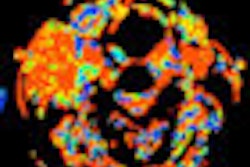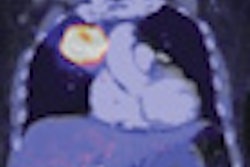Dear Molecular Imaging Insider,
In esophageal cancer, FDG-PET/CT is particularly useful in detecting nonregional nodal and occult metastatic disease, and the technique should be routinely used in all cases for staging carcinoma, researchers insisted at the 2012 meeting of the European Society of Gastrointestinal and Abdominal Radiology.
This means it's vital for radiologists, nuclear medicine specialists, and other professionals to fully understand the seventh edition of the tumor-node-metastasis (TNM) staging system. For our news report about the revised TNM system, visit the Molecular Imaging Digital Community or click here.
Most experts agree there is a serious shortage of medical physicists across much of Europe, and to improve this situation and to attract bright new recruits into the profession, it is essential to promote medical physics as a career. In an illuminating feature article, Giulia Thompson, head of the U.K. R&D physics team at Elekta, shares her experiences and explains why she chose to work in medical physics. To learn more, click here.
Important PET studies have been published over the past month, including a Zurich paper in European Radiology about how combined PET/CT perfusion can assist in distinguishing between head and neck tumors and inflammatory lesions. Get the story here.
Research from Tübingen, Germany, suggests that PET/MRI provides diagnostic-quality images for assessing pulmonary masses in lung cancer cases, while cutting radiation dose by three-quarters. Click here to read more.
Additionally, a study from the Netherlands confirms that PET imaging with carbon-11-labeled Pittsburgh Compound B and FDG can lead to early diagnosis of Alzheimer's disease and differentiate between specific dementias. To find out more, click here.
The World Molecular Imaging Congress begins in Dublin on 5 September and we will be covering the meeting. For news reports direct from the event, check back regularly at the Molecular Imaging Digital Community.




















